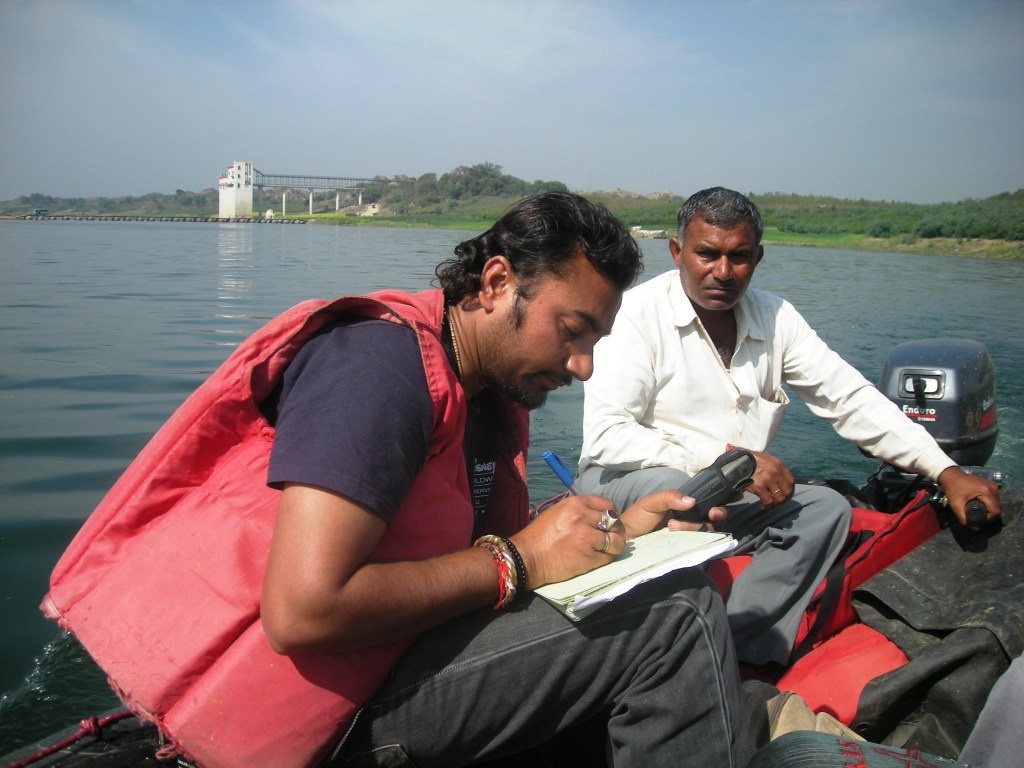Turtle Nests Protected In India

Surveys were resumed in late January to assess the status of nesting banks and enumerate associated threats for two endangered species of Batagur in India. After a rapid reconnaissance, two protected riverside hatcheries were established along the Chambal River near Garhaita (lower section, Uttar Pradesh) and Baroli Villages (upper section, Madhya Pradesh) in early February.
Every year, TSA in association with Madras Crocodile Bank Trust and Uttar Pradesh and Madhya Pradesh Forest Departments establishes such hatcheries to protect endangered Batagur kachuga and B. dhongoka nests from natural predation and poaching as well as to collect information on nesting along the Chambal River, possibly the last stronghold of B. kachuga.

Since the program’s inception, 14 temporary riverside hatcheries have been established that protected over 500 B. kachuga and 3,000 B. dhongoka nests. In addition, biologists have been able to evaluate the effectiveness of the in situ hatchery program and collect information on biological, environmental and anthropogenic factors associated with the nesting and recruitments.
Recently, this program crossed a milestone when it completed five years. Huge amounts of data from the nest protection and headstart program for B. kachuga and B. dhongoka are currently being analyzed and are contributing to the establishment of a standardized field protocols. In addition, repeated monthly surveys have been planned to monitor nesting populations in Chambal River (including comparing different populations along a 300 km stretch of the river), as well as to locate other surviving populations of the species in other rivulets and tributaries like Son, Kane, and Betwa in this Turtle Priority Area (TPA).

This is one of TSA’s leading field programs in India and also includes education, socio-economic and captive rearing components. The research that is associated with the captive component includes studies that examine the survival and migration of head-started individuals, Temperature Sex Determination, and the potential for the development of assurance colonies. The program has been collaborating with Development Alternatives, Centre for Environmental Education and Gharial Conservation Allaince to achive the common goals like education, socio-economic and ecological toxicology. This regional sub-program is being conducted under guidance of Rick Hudson and Brian D. Horne and under the direct supervision of Shailendra Singh, RK Sharma and Ashutosh Tripathi. This year, various conservation activities of this sub-program have been generously funded by WWF- Canada, Nature's Own, Disney Worldwide Conservation Funds, Walde Research & Environmental Consulting and TSA.
